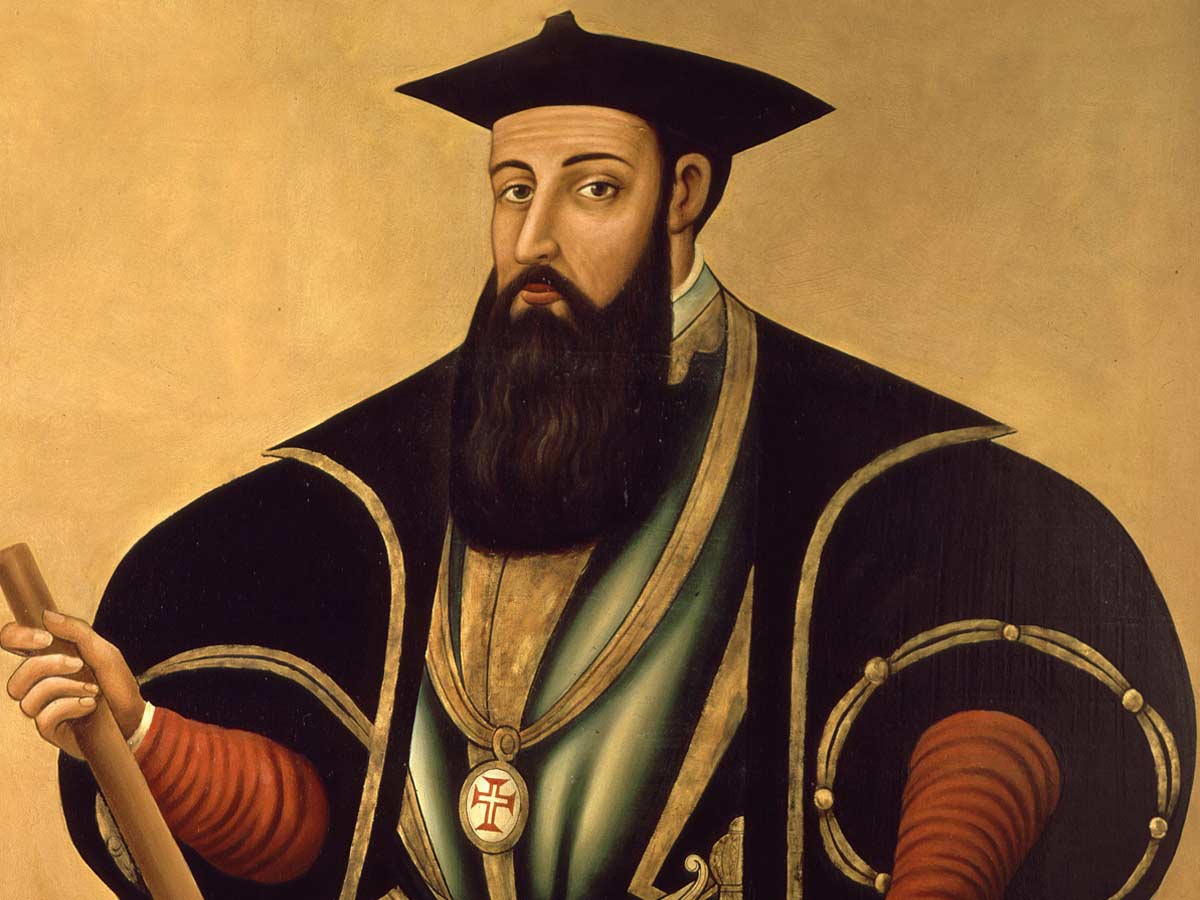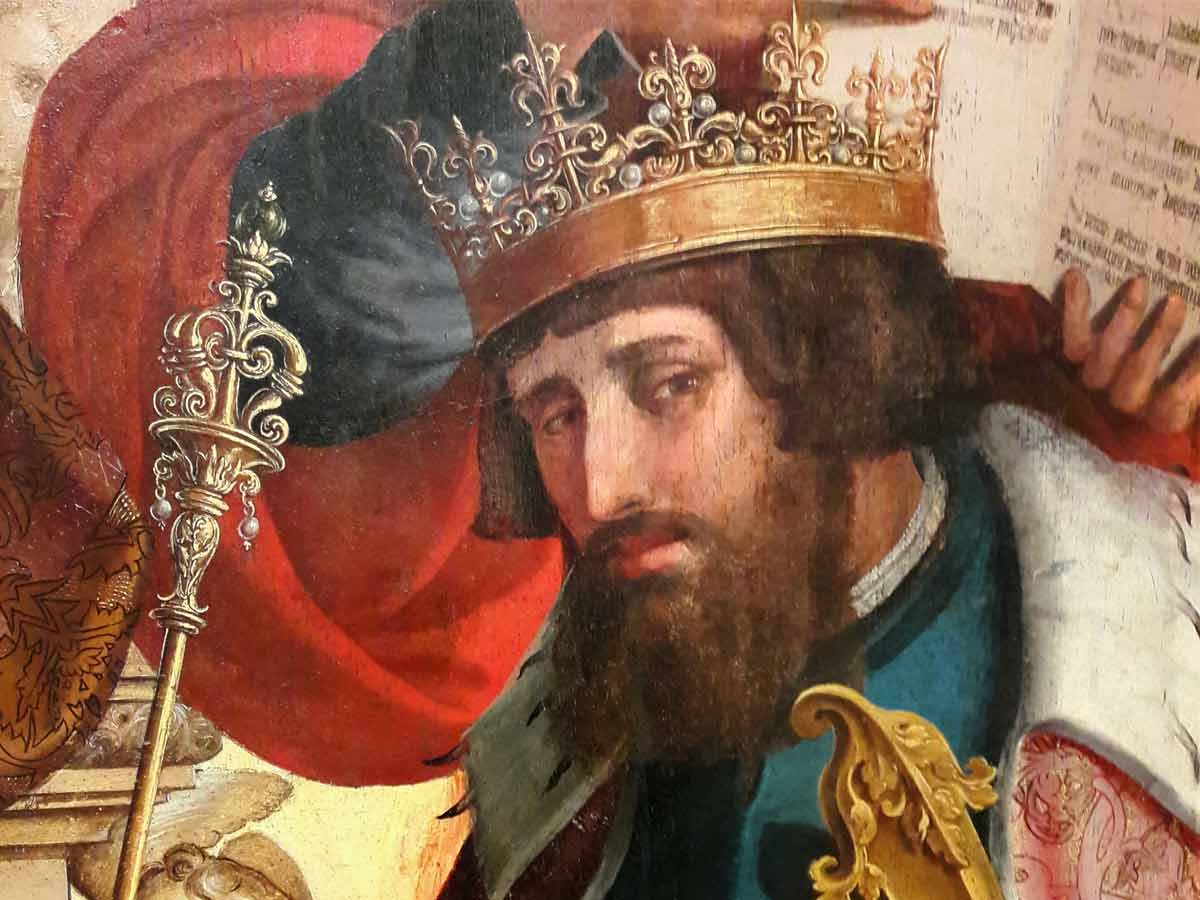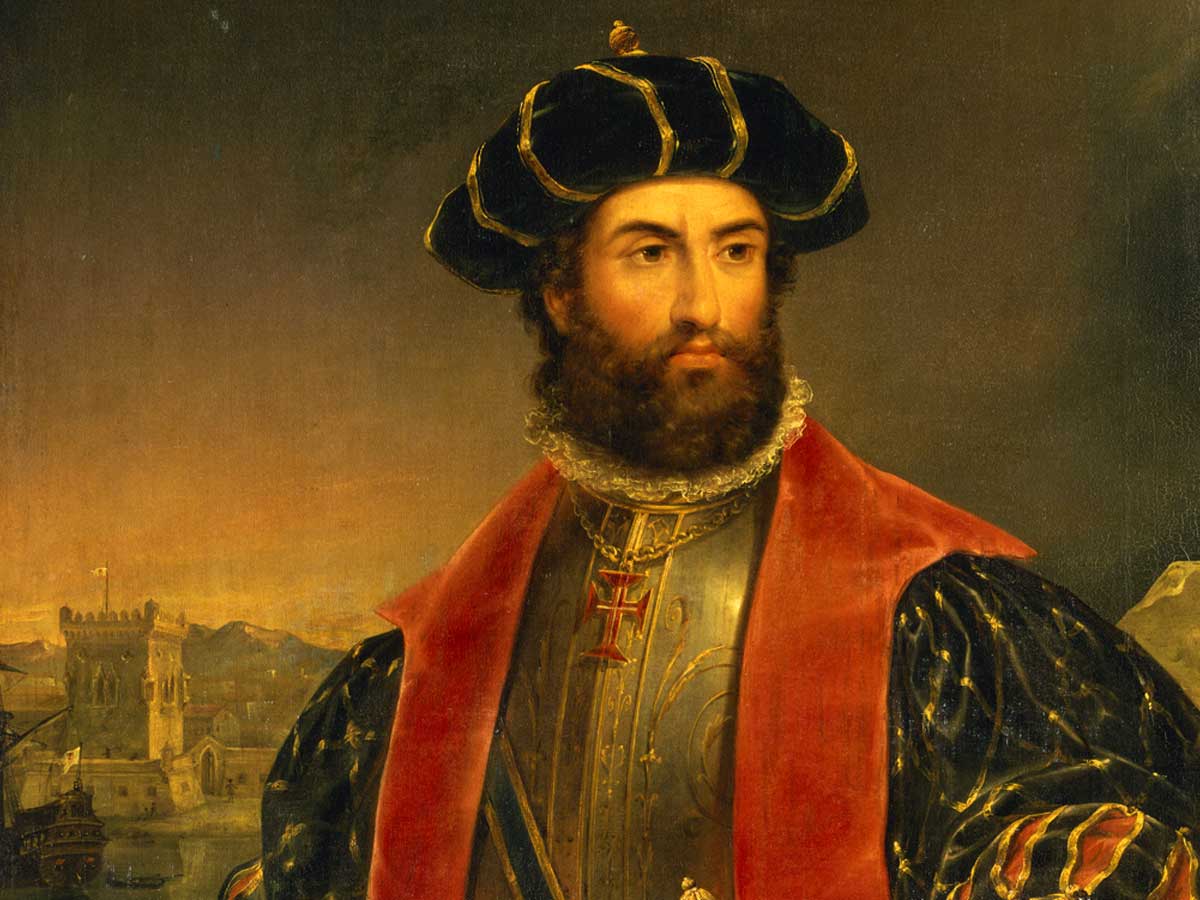The question of ‘who discovered India?’ is in itself a complexity. The question focuses more on who discovered the sea route to India and enabled trading relations. Trading routes in the 1400s-1500s were considered a great opportunity for the Portugal Empire to grow. The merchants who brought in spices and precious metals from India were highly sought after by the Europeans. They wanted to know the source of these ‘exotic’ and wonderful items, so a crew led by the Portugal voyager, Vasco Da Gama, was sent out to find the whereabouts of the sea route to India. The main goal of this voyage was to open up the sea route to Asia and, if possible, gain a monopoly of trade with India and other eastern states. This privilege was only accessible to the Muslims at that time.
The Portugal Empire had conducted three voyages to India. The first voyage seemed to have the purpose of mapping a route to India. The second voyage seemed to have the purpose of revenge. The third voyage led to the beginning of the colonization of India.
THE VOYAGE FOR TREATY

On July 8, 1497, Vasco Da Gama set sail from Lisbon, Portugal. He had a fleet of four vessels and brought along three interpreters to help him on his journey- two Arabic speakers and one who spoke several Bantu dialects. They were ready to map out the sea route and carried padroes or stone pillars to use as marks of discovery of their own sea route. After rounding the coasts of Africa and the Cape of Good Hope, their crew rested in Malindi. They met a Gujarati merchant that joined their crew and aided them on their voyage. After a long duration of 23 days on the Indian Ocean, the Portugal crew had finally arrived in Calicut on May 20, 1498.
The first encounter between the Vasco Da Gama and Indians was unsuccessful. He had failed to please and create good relations with the Zamorin, the Hindu ruler of Calicut. The gifts Da Gama had brought were ignorant of the Indian culture, and his rude behavior further spoiled any possibility of good relations or a treaty; the hostility of the Muslim merchants and the misunderstanding that Indians were Christians were the main reasons why the treaty wasn’t formed. As disputes started increasing, Da Gama set sail from Calicut on August 1499, taking along 5-6 Hindus with him so that his King (King Manuel) could gain knowledge about the Hindu culture.

The journey back from India to Portugal was more troublesome and hard than the journey to India; the crew had chosen the wrong time of the year to sail out of the Indian Ocean as the Monsoon season had just started. Many of his crewmates had died from scurvy on the journey back, and he had to burn one of his ships down. Da Gama had also lost his brother during the journey back, and this impacted him greatly. Only 55 men had survived out of 170. Vasco Da Gama was greatly rewarded upon his return to Portugal by King Manuel.
THE VOYAGE FOR REVENGE

The 2nd Voyage to India was first led by a Portuguese navigator named Pedro Alvares Cabral. He had set sail for Calicut with a fleet of about 12-13 ships. Cabral had amassed a lot of profit for the Portuguese Empire through this voyage that another fleet soon set sail from Lisbon. Vasco Da Gama had received the title of Admiral in 1502 and was appointed as the leader of this fleet. After resting at Mozambique, the Portuguese expedition was now sailing to Kilwa (present-day Tanzania) to settle a score; the amir Ibrahim (king) of Kilwa had behaved rudely with Cabral and his crew earlier, which led to Da Gama threatening the amir to either submit to the Portuguese Empire or watch his nation burn into ashes. After which, the amir submitted his loyalty to the Portuguese. There was a rumor circulating in the market during the 14-1500’s that Vasco Da Gama and his fleet had massacred an Arab ship containing valuable merchandise and approximately 200-400 passengers, women and children included. Still, the sources are unreliable, and it may have just been a baseless rumor.
Continuing his voyage, Vasco Da Gama sought out the rulers of Cannanore and Cochin (both enemies of the Zamorin of Calicut) and formed an alliance against the Zamorin. Da Gama exploited the enmity between the rulers and waged war on Calicut to ruin the trade and punish the Zamorin for favoring the Muslim merchants over the Portuguese during the first voyage. The turmoil continued for a few more months until Da Gama and his crew left Cannanore on February 20, 1503.
THE FINAL VOYAGE OF SUBJUGATION

The 3rd voyage of Vasco Da Gama to India was as the Portuguese Viceroy in 1524. There had been issues back in Portugal over Da Gama’s reward. He was to be given the ownership of the town of Sines, but the Order of Sao Tiago was refusing to yield. He had been a valuable advisor to the king on Indian matters until King Manuel’s demise. He was sent to India and died in Cochin.
The land of opportunities that Christopher Columbus had set sail to uncover was discovered by Vasco Da Gama. There is much speculation about the nature of the expeditions and voyages. Still, it is clear to the Indian eyes that the three voyages were planned to capture the trade markets and spread the seeds of their empire. Most sites on the internet which are run by Western media showcases their voyages to India as a glorious expedition where the ‘savages’ who disrespected their empire were met with ‘justified retribution’ when in fact, the voyages were nothing but exploitative in nature. This view may be too biased or nationalized. Still, it is important to remember that there are always two sides to the same story.





























